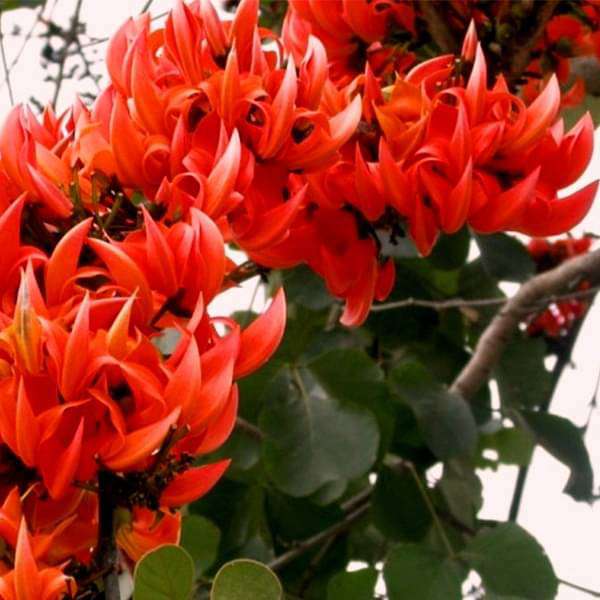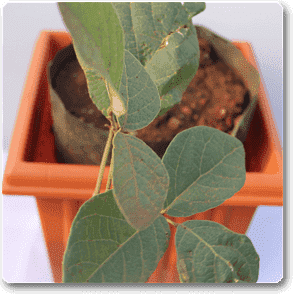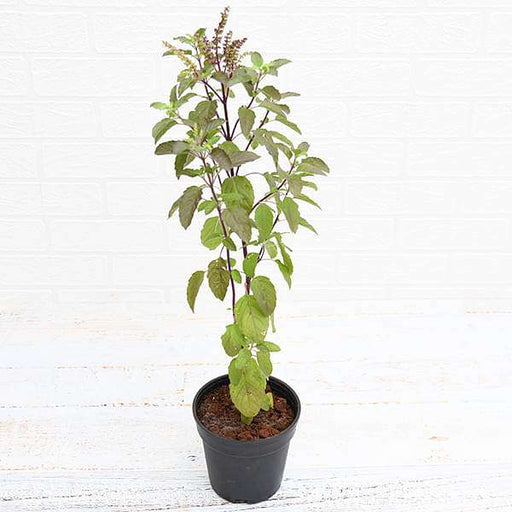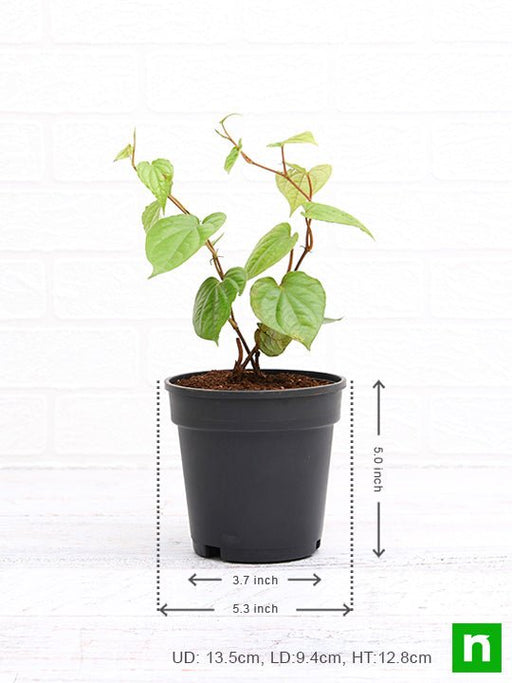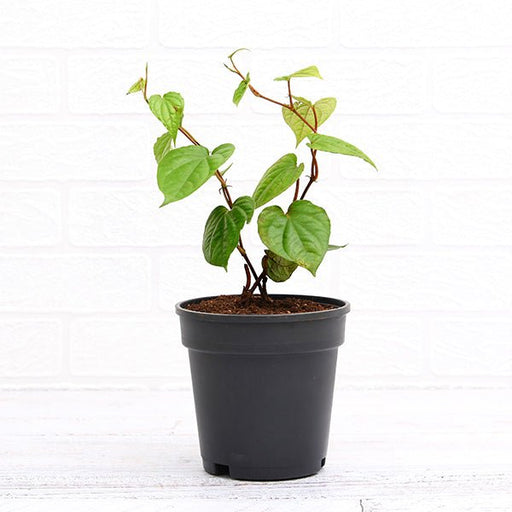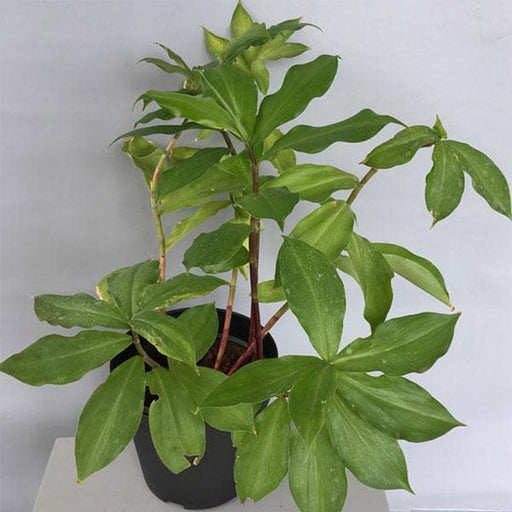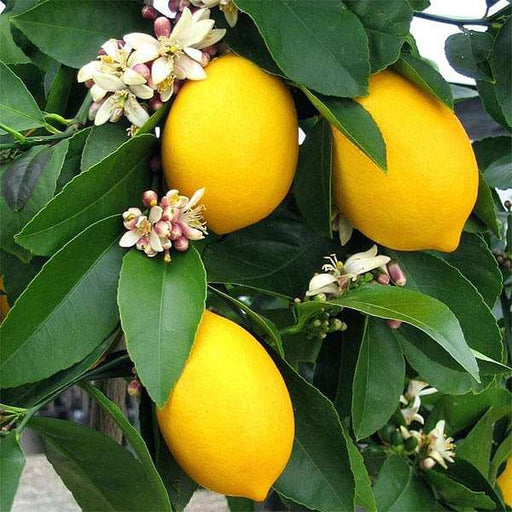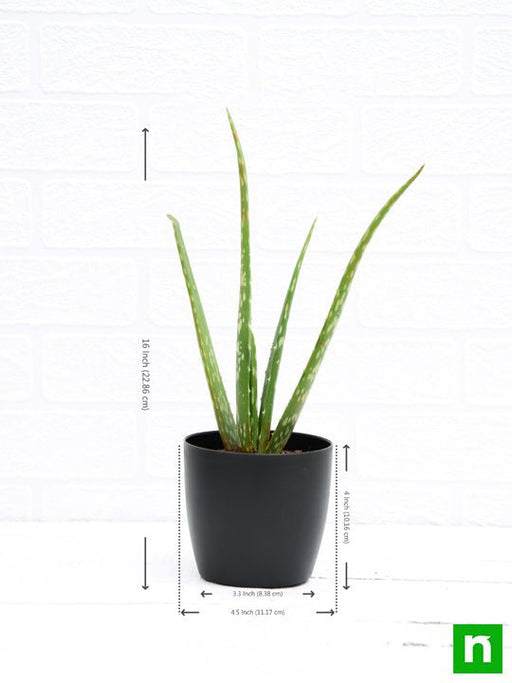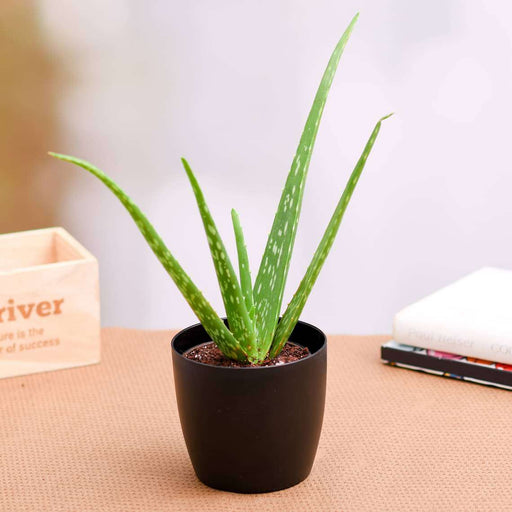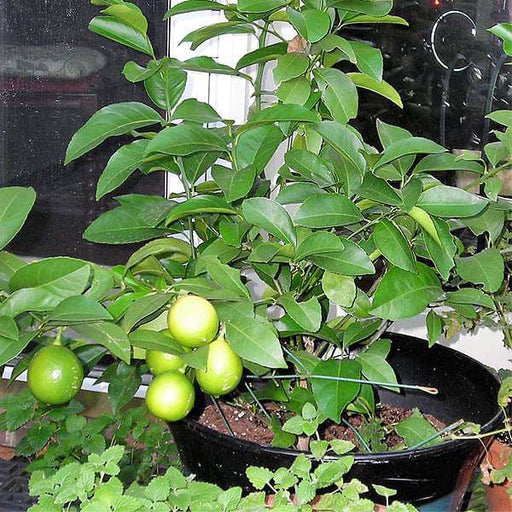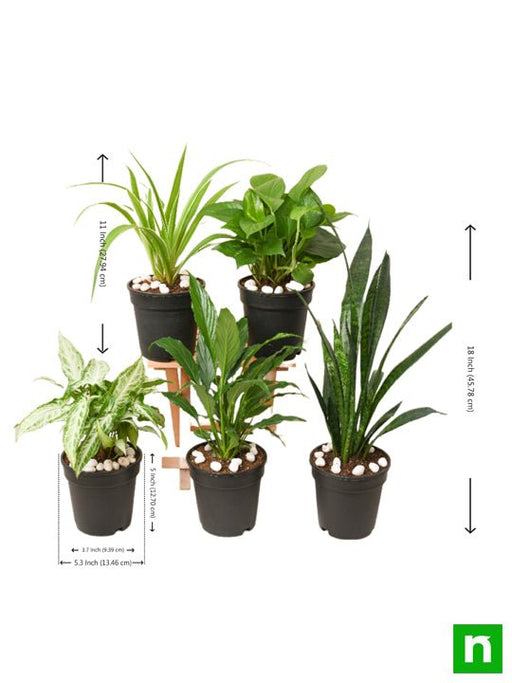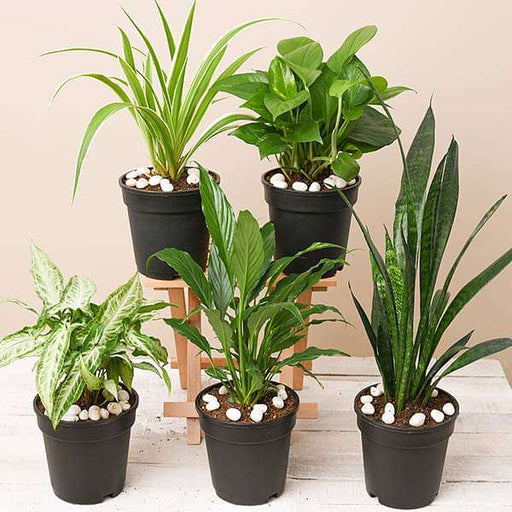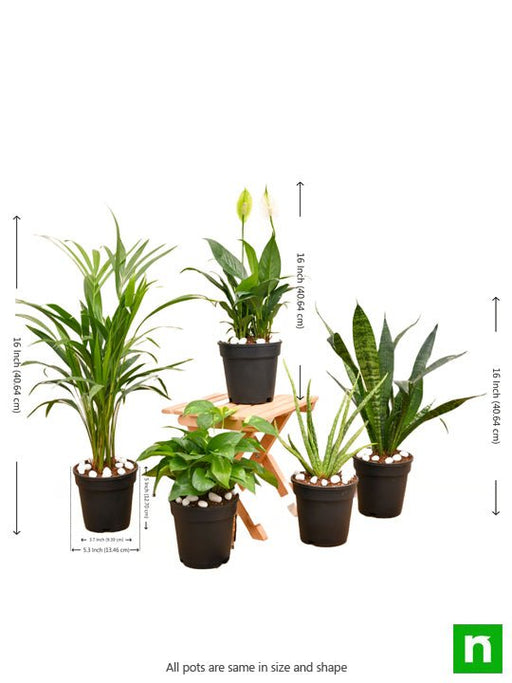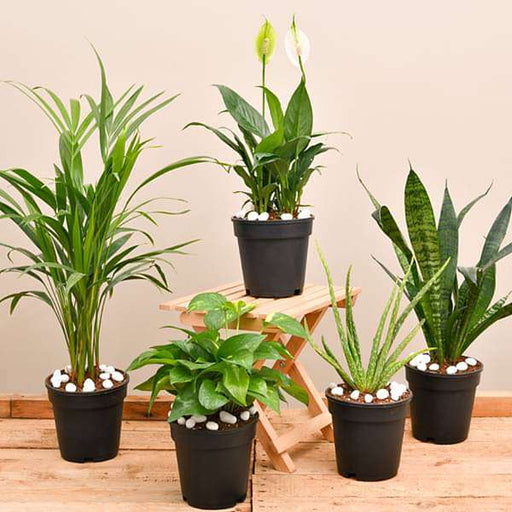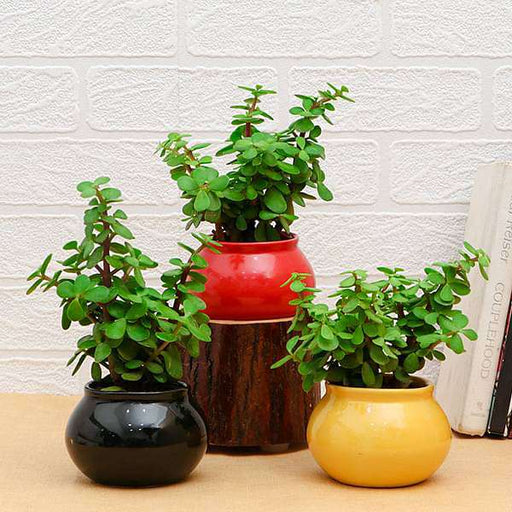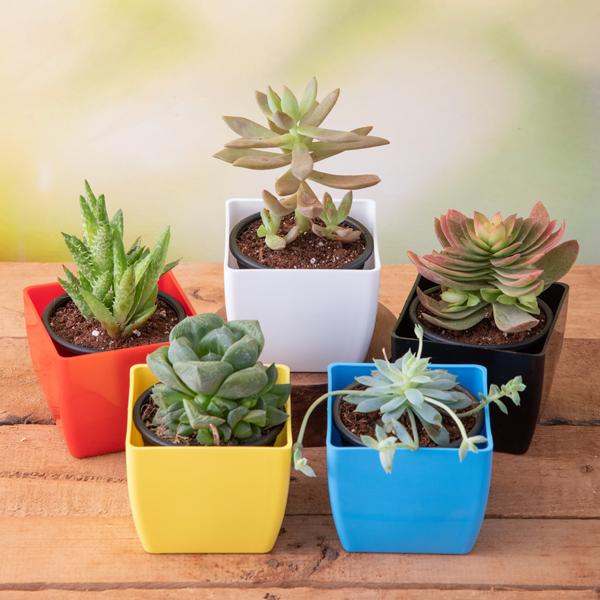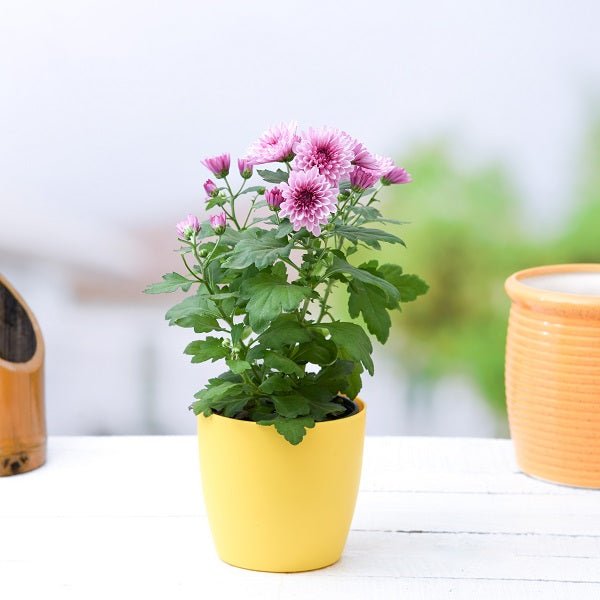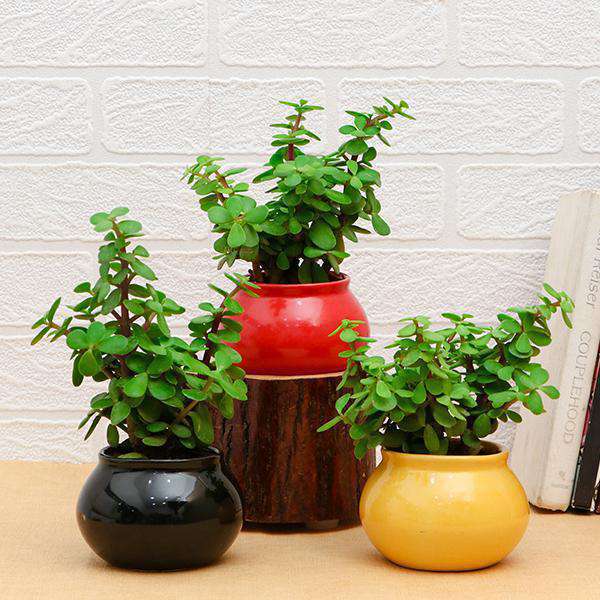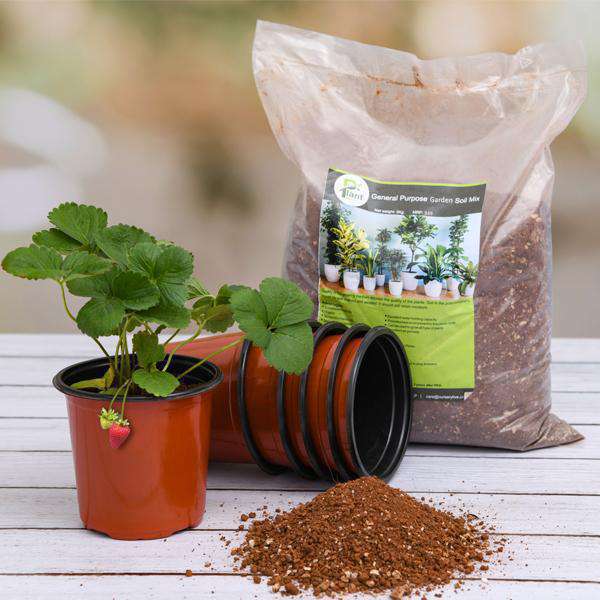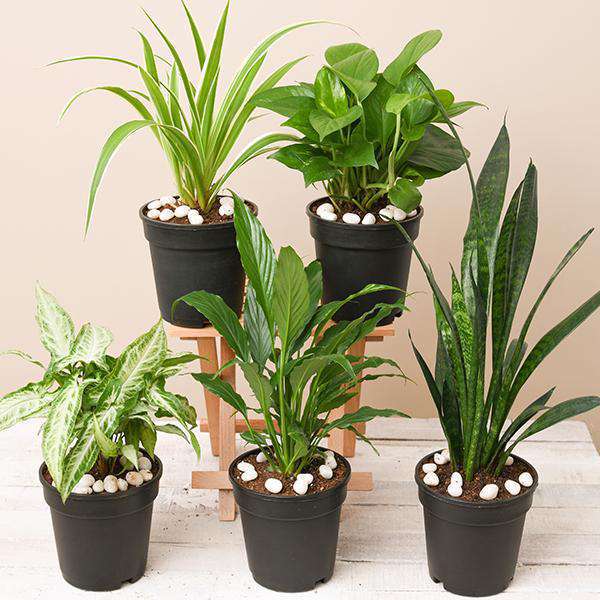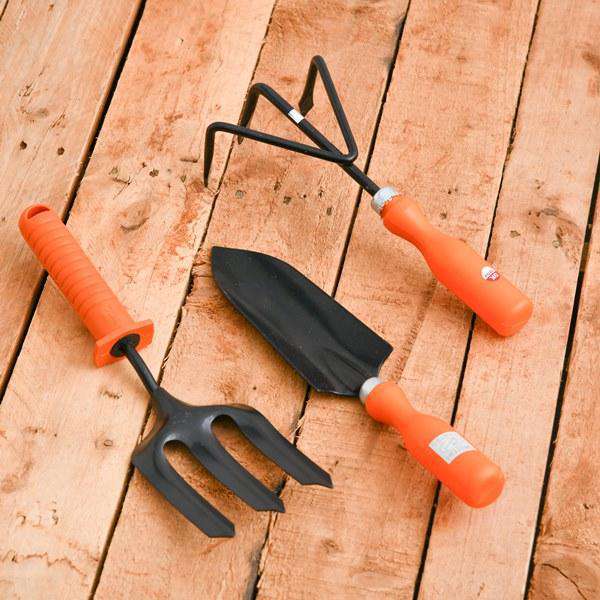Palash Tree Benefits
The Palash tree, also known as Butea monosperma, is not just a pretty face in the botanical world. This tree is a powerhouse of benefits! From its vibrant orange flowers that can brighten even the dullest of days to its medicinal properties that have been cherished in traditional medicine, the Palash tree is a multitasker. It’s like the Swiss Army knife of trees—offering shade, beauty, and health benefits all in one. Plus, it’s a favorite among bees, making it a pollinator’s paradise. Who knew a tree could be so generous?
Palash Tree Care
Caring for a Palash tree is like nurturing a diva—she needs attention but rewards you with stunning blooms. This tree thrives in well-drained soil and loves the sun, so make sure to give her a sunny spot to shine. Watering is essential, but don’t drown her; she prefers a light drink. Pruning is also key to keeping her in shape, ensuring she doesn’t get too wild. With a little love and care, your Palash tree will be the talk of the garden!
Palash Tree Uses
The Palash tree is the ultimate overachiever in the plant kingdom. Its flowers are not just eye candy; they’re used to make natural dyes, adding a splash of color to fabrics. The leaves can be crafted into eco-friendly plates, making it a sustainable choice for the environmentally conscious. And let’s not forget the wood, which is durable and often used in furniture making. With so many uses, the Palash tree is like the tree version of a jack-of-all-trades!
Palash Tree Symbolism
In many cultures, the Palash tree is a symbol of love and devotion. Its fiery flowers are often associated with the arrival of spring, representing renewal and new beginnings. In Hindu mythology, the tree is sacred and is linked to various deities, making it a spiritual icon. So, if you’re looking to add a touch of romance or spirituality to your garden, planting a Palash tree might just do the trick. It’s like having a little piece of mythology right in your backyard!
Palash Tree Habitat
The Palash tree is a true survivor, thriving in dry and arid regions where other plants might throw in the towel. It’s like the tough kid on the block who can handle anything life throws at it. Found in parts of India and Southeast Asia, this tree prefers sandy or rocky soils and can withstand drought conditions. Its resilience makes it a perfect choice for those looking to add a hardy yet beautiful tree to their landscape. Talk about a low-maintenance diva!
Palash Tree Flowering Season
When the Palash tree bursts into bloom, it’s like nature’s own fireworks display. Typically flowering between February and April, the vibrant orange flowers attract not just the eye but also a host of pollinators. It’s a party for bees and butterflies, making your garden a buzzing hotspot. The sight of these flowers against a clear blue sky is enough to make anyone stop and stare. So, if you want to add a splash of color to your life, mark your calendar for the Palash’s grand floral debut!
Palash Tree Propagation
Propagating a Palash tree is like playing matchmaker in the plant world. You can start with seeds or cuttings, but seeds are the most popular choice. Just soak them overnight to soften their tough exterior, and then plant them in well-drained soil. With a little patience and care, you’ll soon have a new Palash tree ready to take center stage in your garden. It’s a rewarding process that proves good things come to those who wait!
Palash Tree in Ayurveda
In the world of Ayurveda, the Palash tree is revered for its medicinal properties. Its bark, leaves, and flowers are used to treat various ailments, from digestive issues to skin problems. It’s like having a natural pharmacy right in your backyard! The tree’s anti-inflammatory and antioxidant properties make it a go-to for holistic healing. So, if you’re looking to embrace natural remedies, the Palash tree might just become your new best friend in wellness.
Palash Tree and Wildlife
The Palash tree is a wildlife magnet, attracting a variety of creatures to its branches. Birds love to nest in its sturdy limbs, while bees and butterflies flock to its vibrant flowers. It’s like a five-star hotel for wildlife! By planting a Palash tree, you’re not just beautifying your garden; you’re also creating a sanctuary for local fauna. It’s a win-win situation—your garden flourishes, and the wildlife gets a cozy home. Who knew planting a tree could be so rewarding?
Palash Tree Cultural Significance
The Palash tree holds a special place in various cultures, often celebrated in festivals and rituals. In India, it’s associated with the festival of Holi, where its flowers are used to create vibrant colors. The tree is also mentioned in ancient texts, symbolizing strength and resilience. By planting a Palash tree, you’re not just adding beauty to your garden; you’re also connecting with rich cultural traditions. It’s like planting a piece of history right in your backyard!
Palash Tree Landscaping
Incorporating a Palash tree into your landscaping is like adding a splash of artistry to your outdoor space. With its stunning flowers and unique shape, it serves as a focal point that draws the eye. Whether you’re looking to create a serene garden or a vibrant landscape, the Palash tree fits right in. Plus, its ability to thrive in various conditions makes it a versatile choice for any garden design. So, unleash your inner landscape artist and let the Palash tree take center stage!
